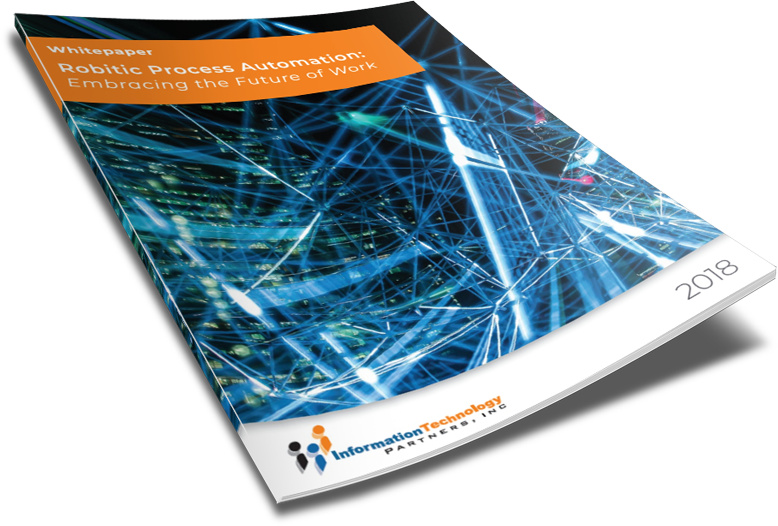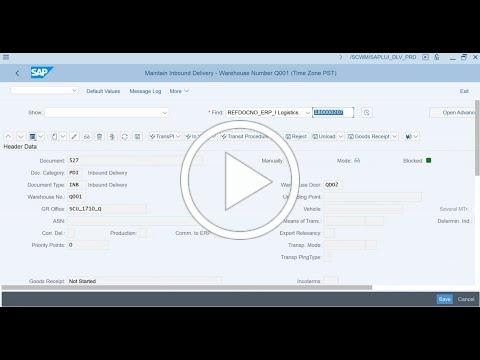TAKE NOTE (Insights and Emerging Technology)

STARS III is open to small, disadvantaged prime contractors participating in the Small Business Administration’s 8(a) Businesses Development program. 8(a) businesses are those “owned and controlled at least 51% by socially and economically disadvantaged individuals.”
The 10-year contract will build on the preceding STARS II by focusing more on emerging technologies and performance outside of the continental United States (OCONUS), GSA said in an announcement.
“We are excited to expand the scope of the STARS III GWAC to cover OCONUS performance and address emerging technologies like artificial intelligence, robotic process automation and virtual reality,” Federal Acquisition Service Commissioner Julie Dunne said in a statement. “STARS III will increase opportunities for hundreds of 8(a) companies at a time when we’re heavily relying on their expertise to modernize the federal government’s IT infrastructure and improve virtual service delivery for citizens and employees in the U.S. and abroad.”
At $50 billion, STARS III is more than twice the size of STARS II, which has a $22 billion ceiling after GSA recently raised it from $15 billion.
“STARS III continues GSA’s legacy of creating opportunities for small disadvantaged businesses while helping federal agencies accomplish information technology (IT) missions,” GSA Administrator Emily Murphy said in a statement.
While much of federal IT contracting places and emphasis on commercial products and services, STARS III promotes customized IT solutions to meet agencies’ most unique needs. Under the contract, agencies can issue vendors direct task orders of $4 million or less. Anything more than that, an agency must compete that work among the larger pool of STARS III contractors.
The solicitation comes at a time when GSA is “planning a new approach” for small business IT governmentwide acquisition contracts (GWACs). Late last week, the agency announced it had canceled the solicitation of its $15 billion Alliant 2 Small Business governmentwide IT contract after it was plagued with protests. GSA said in a release that “the federal government’s requirements have evolved and GSA recognizes the opportunity to strengthen, innovate, and better respond to changing technology needs and security threats.”
GSA directed agencies to the STARS II and III contracts to make up for the loss as it develops a “new and enhanced” GWAC for small businesses that will better reflect “the changing landscape and addresses the needs of agencies to access the expertise of small businesses” and better support “recent developments in cybersecurity, emerging technologies, and supply chain risk management.”
Bids are due Aug. 5.
Interested in learning more about RPA? Download our FREE White Paper on “Embracing the Future of Work”
UNDER DEVELOPMENT (Insights for Developers)
The Importance of Packaging Specification and Handling Units in SAP EWM
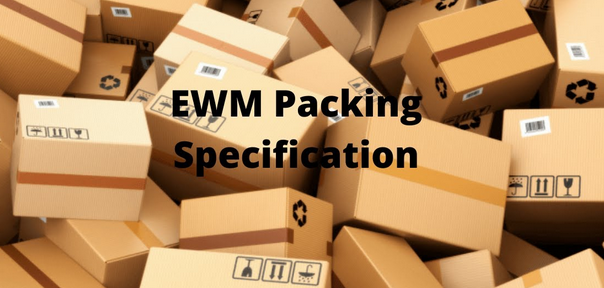
A packaging specification is master data. The packaging specification defines all the necessary packing levels for a product for example to put away or transport the product. For a product, a packaging specification mainly describes in which quantities you can pack the product into which packaging materials.
Back this month is Shailesh Mishra with another great Extended Warehouse Management (EWM) blog on some very important master data in EWM, packaging specifications and handling units.
What is a Packaging Specification in EWM
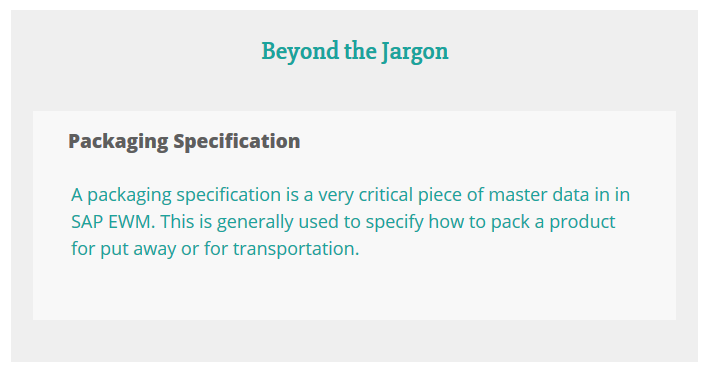
A simple usage of packaging specification in the warehouse is for palletization data. Palletization data for a product specifies how the product is packed and put away.
For Example, in a warehouse, 12 Pieces of Product A is put on a pallet for A.
For this case: Create a Packaging specification for Product A with:
- Main packaging material of Pallet
- Contents of Product A
- Specify target quantity as 12
Note: If 36 pieces are delivered by vendor, the system uses the packaging specification to create 3 warehouse task for 12 pieces each, that is 3 Pallets of Product A
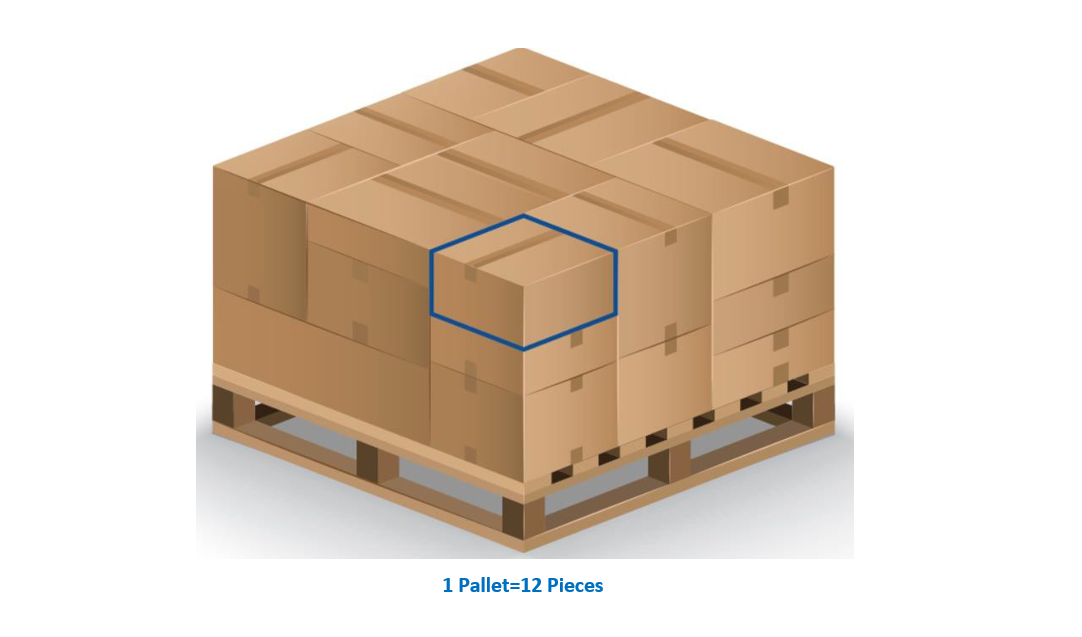
EWM Packing Specification Document
The packaging specification document defines the necessary packing levels for a product and the related packaging materials. The packaging includes the steps that must be performed during packing process.

A packaging specification has a predefined structure as outlined in the following table…
– Dig Deeper –
SAP EWM & S/4 HANA Key Concepts of Extended Warehouse Management
Q&A (Post your questions and get the answers you need)

Q. What is a CI/CD Pipeline?
A. Continuous integration (CI) and continuous delivery (CD) embody a culture, set of operating principles, and collection of practices that enable application development teams to deliver code changes more frequently and reliably. The implementation is also known as the CI/CD pipeline.
CI/CD is one of the best practices for DevOps teams to implement. It is also an agile methodology best practice, as it enables software development teams to focus on meeting business requirements, code quality, and security because deployment steps are automated.
Let’s Look at each side of the Pipeline. First Continuous integration …
Continuous integration (CI) is a coding philosophy and set of practices that drive development teams to implement small changes and check in code to version control repositories frequently. Because most modern applications require developing code in different platforms and tools, the team needs a mechanism to integrate and validate its changes.
The technical goal of CI is to establish a consistent and automated way to build, package, and test applications. With consistency in the integration process in place, teams are more likely to commit code changes more frequently, which leads to better collaboration and software quality.
Now Continuous delivery …
Continuous delivery (CD) picks up where continuous integration ends. CD automates the delivery of applications to selected infrastructure environments. Most teams work with multiple environments other than the production, such as development and testing environments, and CD ensures there is an automated way to push code changes to them.
CI/CD tools help store the environment-specific parameters that must be packaged with each delivery. CI/CD automation then performs any necessary service calls to web servers, databases, and other services that may need to be restarted or follow other procedures when applications are deployed.
Continuous integration and continuous delivery require continuous testing because the objective is to deliver quality applications and code to users. Continuous testing is often implemented as a set of automated regression, performance, and other tests that are executed in the CI/CD pipeline.
Cheers!


